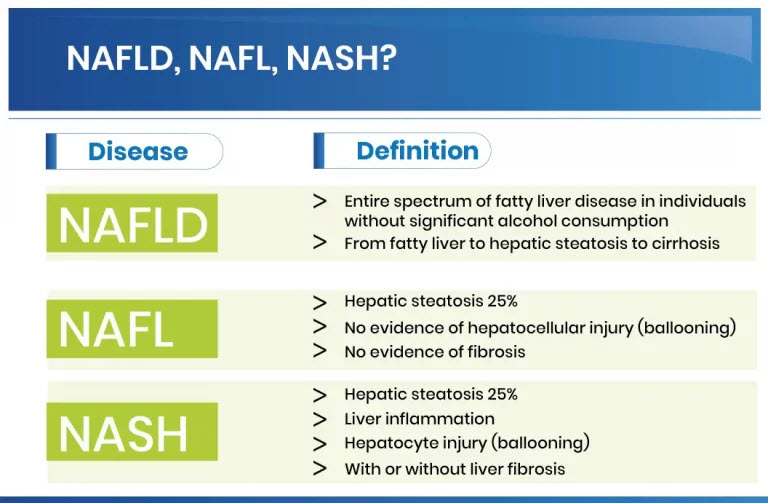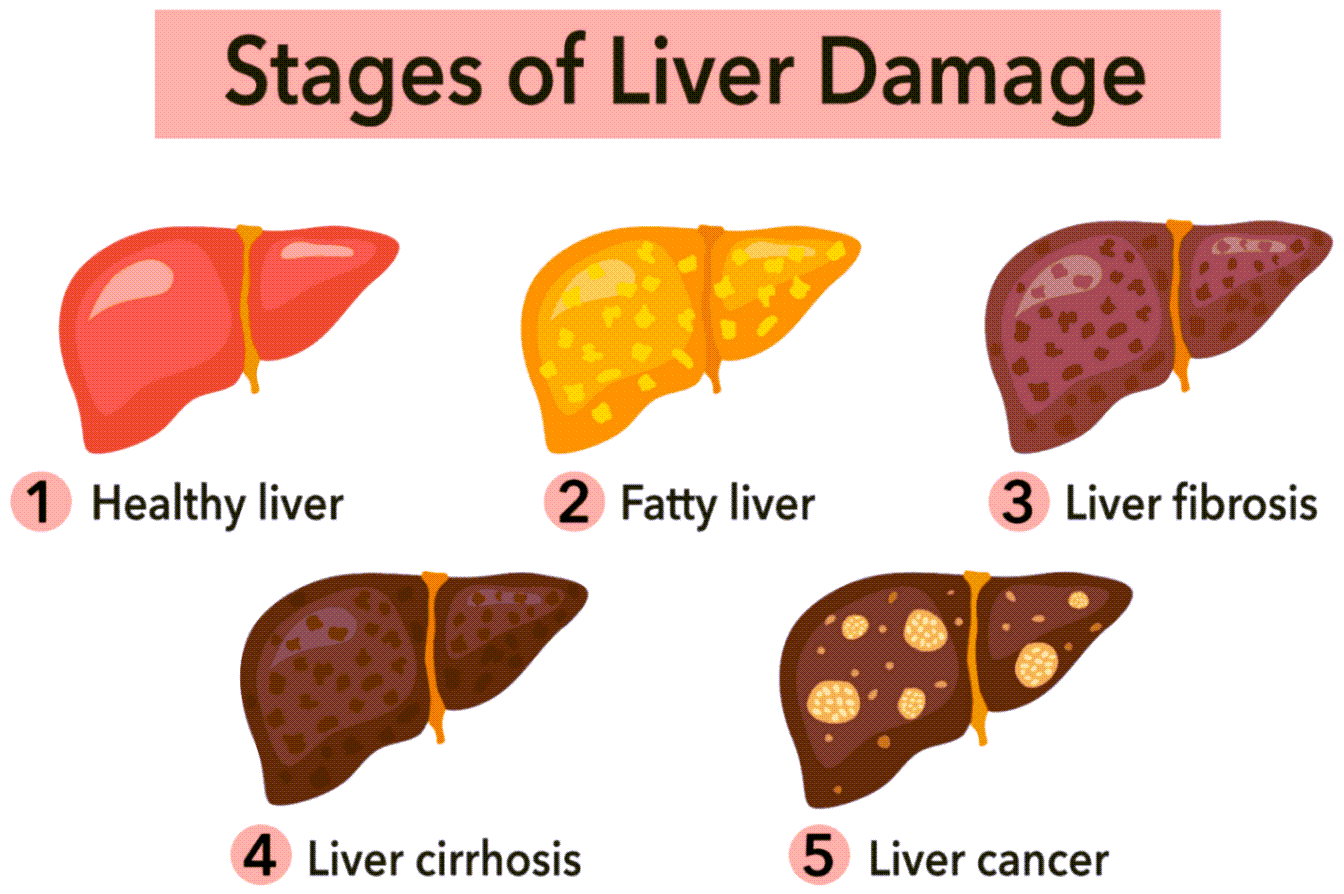What is Fatty Liver Disease?
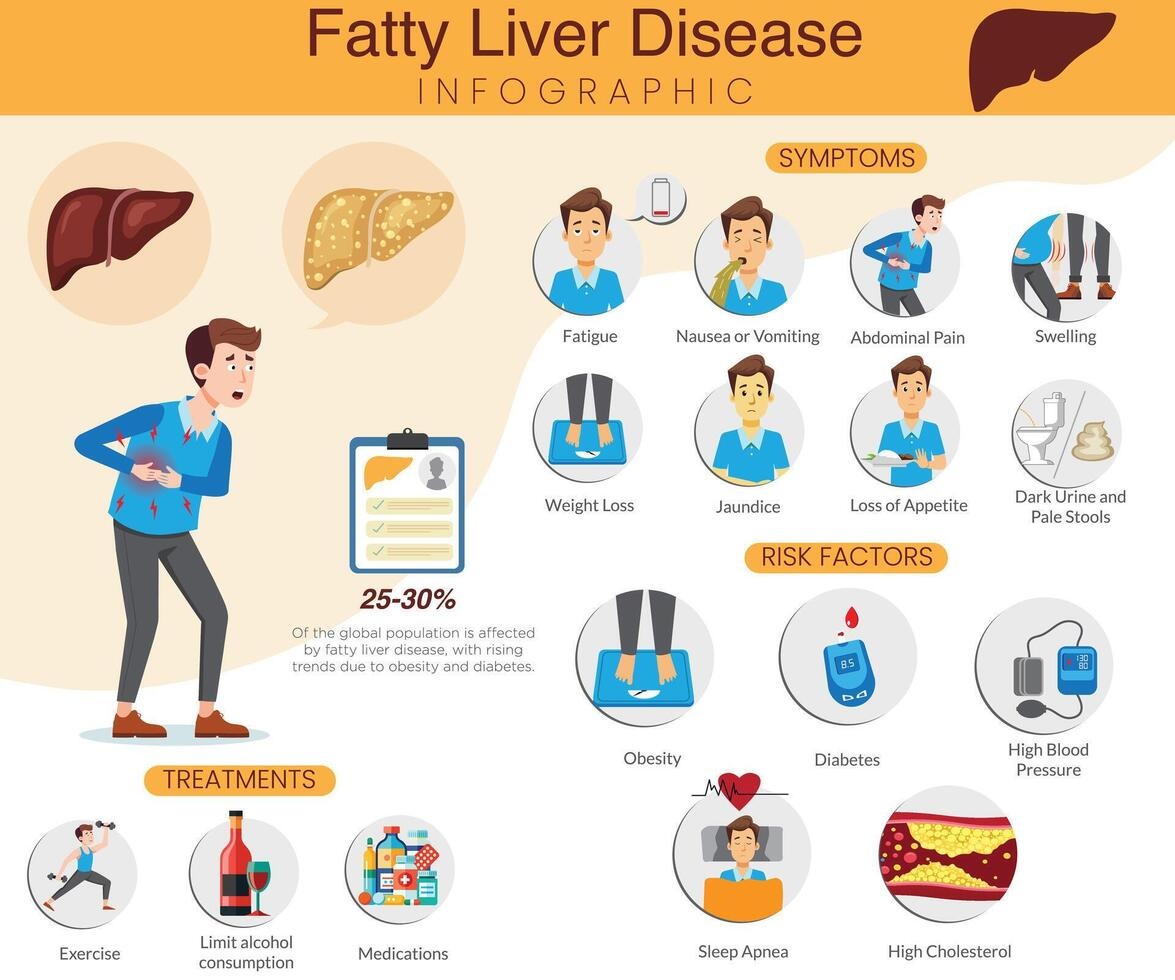
Fatty liver disease is a condition where excess fat accumulates in the liver, affecting how it functions over time. In the United States, it's becoming alarmingly common due to increasing rates of obesity, type 2 diabetes, and metabolic syndrome—especially in younger populations and communities with limited access to preventive care.
Types of Fatty Liver Disease
There are two main types:
- Non-alcoholic fatty liver disease (NAFLD): The most prevalent liver disorder in the U.S., affecting nearly 1 in 4 adults.
- Alcoholic fatty liver disease (AFLD): Linked to excessive alcohol intake and often found alongside other liver complications.
NAFLD is now one of the leading causes of chronic liver issues in the country and a growing public health concern.
Fatty liver disease isn't just a silent buildup of fat—it can escalate into serious health threats. In the United States, it's increasingly leading to conditions like:
- Metabolic dysfunction-associated steatohepatitis (MASH) — formerly known as NASH, this reflects the deeper metabolic roots of the disease.
- Cirrhosis, where liver scarring impairs function.
- Liver cancer, often emerging in advanced stages of liver damage.
Symptoms and Diagnosis
- Often no symptoms in early stages
- Fatigue
- Discomfort in the upper right abdomen
- Unexplained weight loss
- Weakness
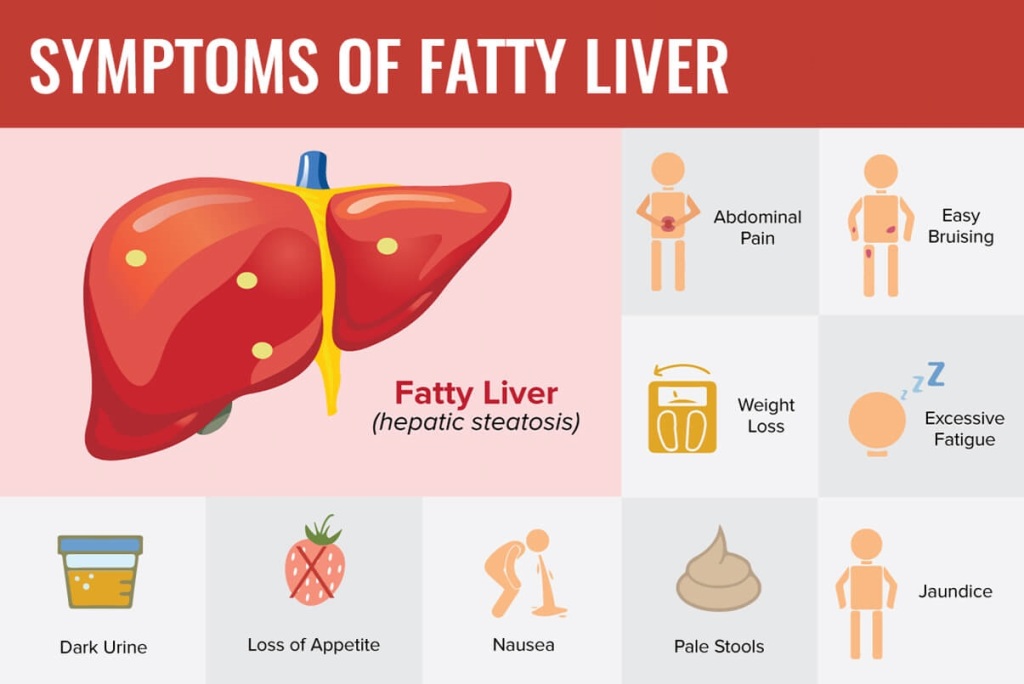
Prevention and Management
Key strategies include:
- Healthy diet low in saturated fats and sugars
- Regular exercise
- Weight loss if overweight
- Managing diabetes and cholesterol
- Avoiding alcohol
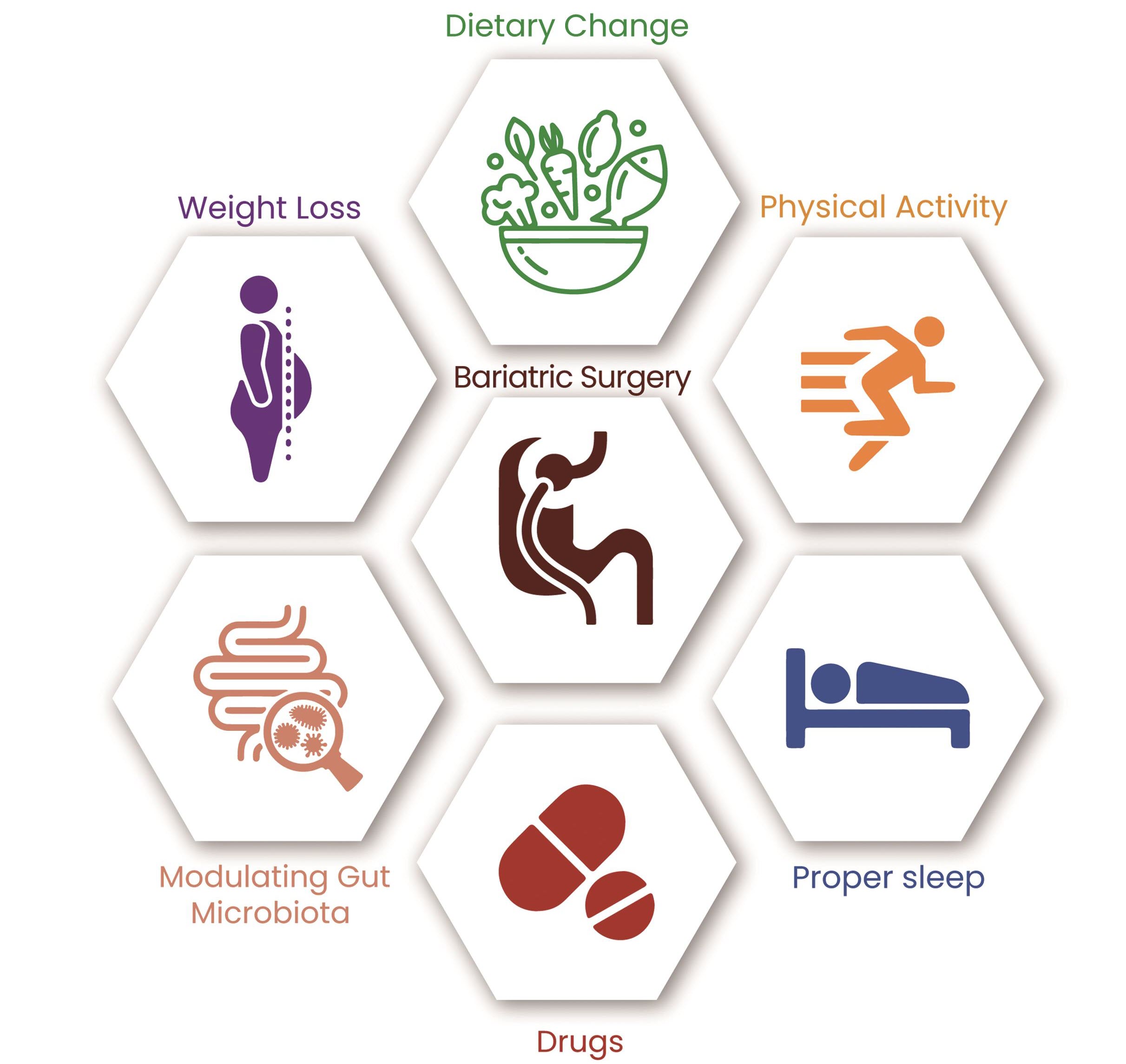
What My Clients Say
Shawn, 47
Bill, 67
Dana, 41
Videos on Fatty Liver Disease
Fatty Liver Disease in USA: Statistics and Challenges
Fatty liver disease is more widespread than most Americans realize. Studies suggest that up to 25–30% of U.S. adults may have non-alcoholic fatty liver disease (NAFLD)—yet many remain undiagnosed due to the lack of noticeable symptoms in its early stages.
Without clear warning signs, the condition often goes unnoticed until it progresses. That's why public health efforts must go beyond treatment—they need to spark awareness, encourage screenings, and empower communities to take preventive action through lifestyle changes like healthier eating, regular movement, and better metabolic health management.
